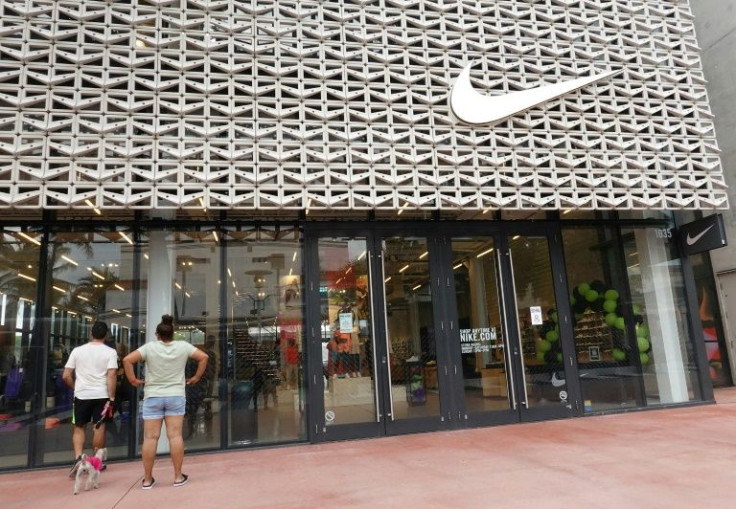Nike Beats Inflation And Covid
Nike did it again. It beat inflation at home and COVID lockdowns in China to deliver earnings and revenues that topped analyst estimates.
On Monday afternoon, the athletic apparel giant reported earnings for the fourth quarter that ended May 31, 2022, of 90 cents, nine cents better than analysts' estimates. In addition, revenues came at $12.23 billion, $170 million ahead of analysts' estimates.
Nike's strong results come at a time the company faces two significant challenges. One of them is the rising food and energy inflation at home, which leaves little room in family budgets for discretionary items like a new pair of expensive sneakers. The other is lockdowns in China, which create supply chain disruptions in the company's second large market.
But nothing seems to undermine Nike's "deep connection" with consumers and multiple advantages. "NIKE's results this fiscal year are a testament to the unmatched strength of our brands and our deep connection with consumers," said John Donahoe, President and CEO, NIKE, Inc. "Our competitive advantages, including our pipeline of innovative product and expanding digital leadership, prove that our strategy is working as we create value through our relentless drive to serve the future of sport."
In the last couple of years, Nike's deep connection to consumers became even deeper as the company shifted its sales strategy from an indirect sales model, which relies on third-party sellers, to a direct model, which relies on its stores and online sales.
The new strategy helped Nike raise profit margins while getting better data as to what products consumers want and where and when they want them to be delivered.
"In this dynamic environment, NIKE's unrivaled strengths continue to fuel our momentum," said Matt Friend, Executive Vice President and Chief Financial Officer, NIKE, Inc. "Two years into executing our Consumer Direct Acceleration, we are better positioned than ever to drive long-term growth while serving consumers directly at scale."
Wall Street has noticed Nike's strengths, or "moats—" to use Warren Buffett's terminology —, which keeps competition off its market. Over the last ten years, Nike has outperformed the overall market, delivering an average annual total return of 18.88%, compared to 12.35% for the S&P 500 .
Still, Wall Street didn't seem impressed with Nike's fourth quarter revenues and earnings, sending the company's shares lower in after-hours trading. Instead, it perhaps focused on some negative aspects of the company's financial report. First, gross profit margins declined from 45.8% to 45% due to inventory write offs in Greater China and higher transportation costs.
Second, a write-off of $150 million from the deconsolidation of our Russian operations and the transition of businesses in Argentina, Chile, and Uruguay to strategic distributor models.
Third, lackluster guidance in the face of continuing challenges in China. The company expects sales growth to be flat for the first quarter of 2022 and in the single digits for the entire year. That's not a good thing for high-growth companies on Wall Street.
In addition, Wall Street must be concerned that the "great consumer trading down" evident in the food and service sector may eventually catch up with the athletic apparel industry, resulting in lower sales even for solid brands like Nike.

© Copyright IBTimes 2024. All rights reserved.






















